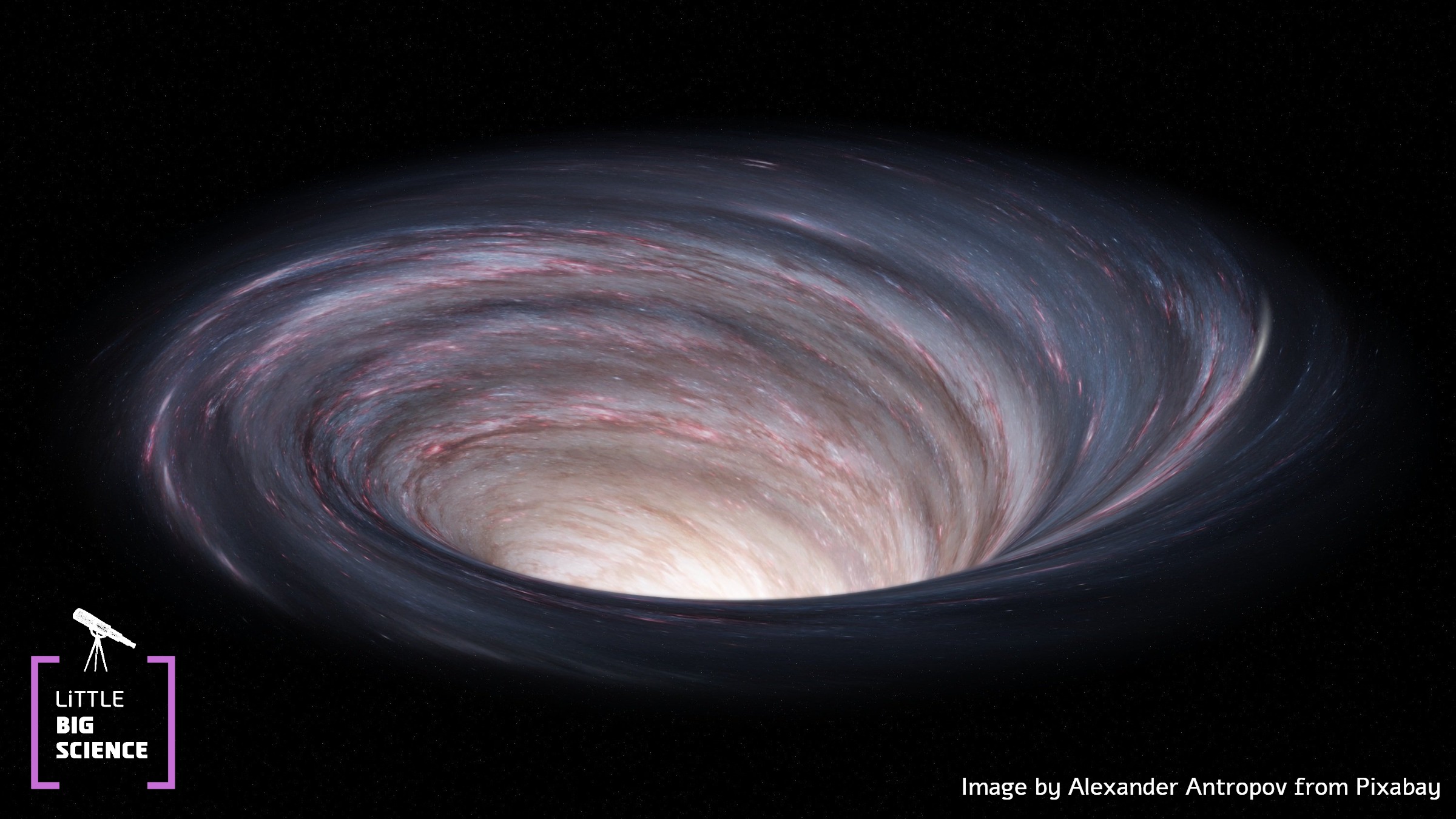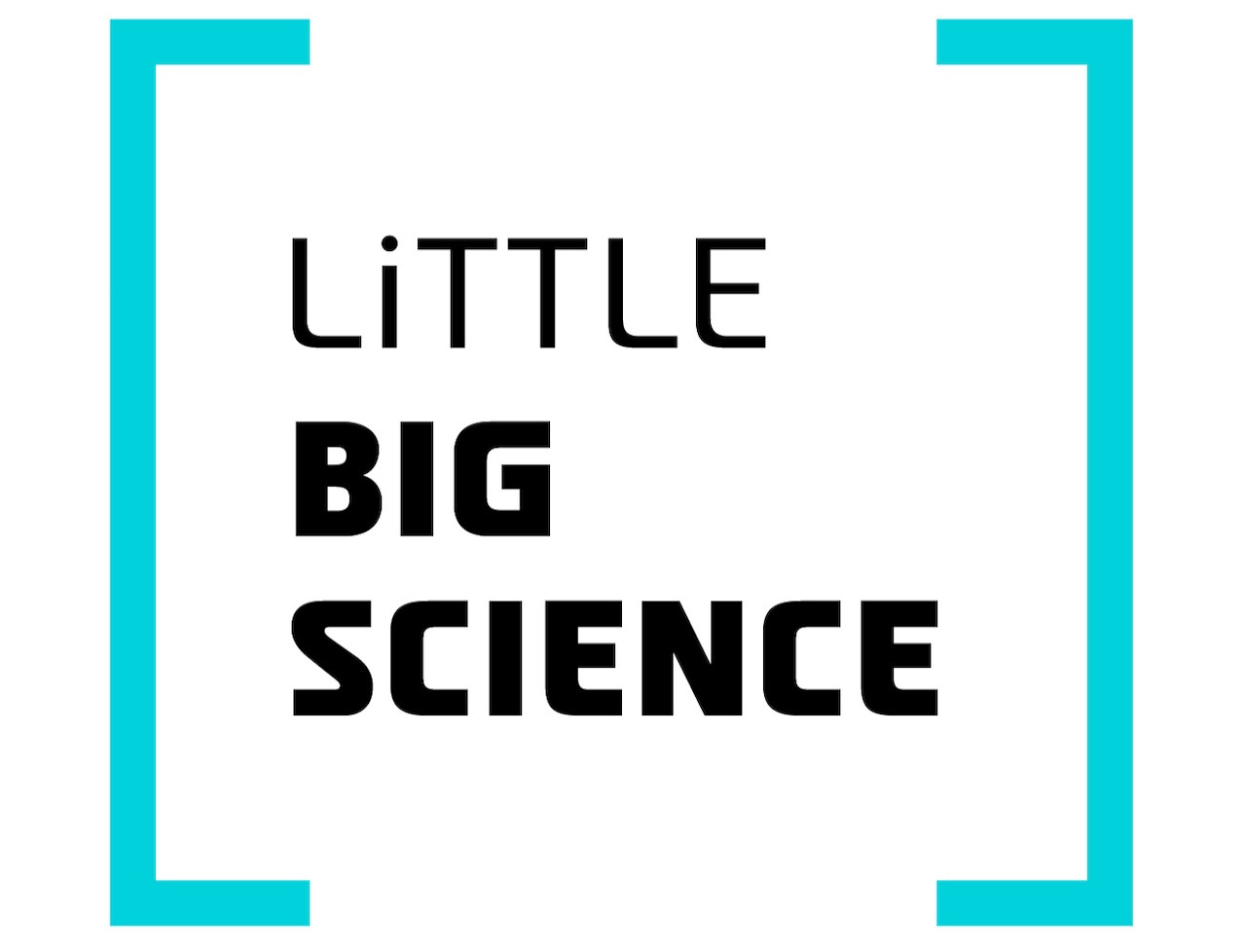
General relativity is the physical theory according to which gravity is embodied in the curvature of spacetime. Since its inception, the theory has scored many achievements, including the prediction of the existence of black holes, which have been puzzling and captivating researchers for more than a century. In this post, we will explain how black holes emerged from the mathematics in the early days of relativity, and look toward the event horizon, the notorious point of no return.
Advertisement
“All the world’s a stage, and all the men and women merely players.” wrote Shakespeare. We can think of our reality as consisting of a stage and actors. The stage is space, where everything happens. The actors are matter and energy, the source of all the action. The actors move according to the laws of physics. Above the stage, there is a universal clock that ticks at a rate that everyone agrees on. Such is Newton’s world. For Newton, the stage is fixed and predetermined, and the actors simply respond to the forces acting upon them. The apple falls to Earth because both the apple and the Earth possess mass, and massive bodies attract one another [1].
Yet by the turn of the twentieth century, evidence had accumulated showing that this description of nature was incomplete. Einstein then became the new director [2]. According to Einstein, the stage is not indifferent to what happens on it, rather, it is part of the play itself. In Einstein's world, the stage sags where a massive actor stands and twirls along with a spinning one. The heavier a body is, the more it warps space and increases its pull on surrounding objects. Not only space is distorted, but time is as well: the clocks of different actors tick at different rates. Space and time no longer exist as separate entities; they are part of the same fabric of spacetime. For Einstein, gravity is not a force as Newton imagined, but rather the curvature of space-time itself.
In general relativity, Einstein’s theory of gravity, the interdependence of the stage and the actors is embodied in Einstein’s equations. Matter and energy determine how spacetime curves and warps, and spacetime determines how matter moves.
Shortly after he published the theory of general relativity in 1915, Einstein received a letter from the Russian front, which both surprised and delighted him. It was signed by the renowned German-Jewish physicist Karl Schwarzschild. In the letter, Schwarzschild described how, under heavy artillery fire, he had found time to wander through Einstein’s realm of ideas and had derived an exact solution to Einstein’s equations.
Assuming spherical symmetry and a vacuum, Schwarzschild's solution revealed how space (or a stage in our metaphor) would bend if a sphere of mass were placed at its center. However, his solution also revealed a strange phenomenon: if a spherical body of fixed mass is compressed beyond its so called Schwarzschild radius, the surrounding spacetime becomes so severely distorted, that nothing, not even light, can escape. This is a black hole. The surface of spacetime that acts as a one-way passage, beyond which nothing can exit, is called the event horizon. Why “event” horizon? Because no event occurring inside it can influence what happens outside, since neither matter nor radiation can escape.

Illustration: Noa Zilberman
This is the place to dispel the misconception that black holes are "cosmic vacuum cleaners" that pull in everything. In a distance far enough from the black hole, you’ll see objects calmly cruising along their orbits, just as planets circle the Sun. Observations of such orbits earned half of this year’s Nobel Prize in Physics [3]. The spacetime outside the Sun and far enough from a black hole of the same mass is identical. But beyond a certain distance, general relativity tells us that anything that enters can never come back out.
You can picture a black hole as a waterfall. Imagine spacetime as water, flowing faster and faster until it plunges over the edge. Imagine sailing a boat down a river toward an enormous waterfall. At what point can you no longer turn back? It's when the water's speed exceeds what your engine can counter. This point is easy to define on paper, but someone in a boat would have a hard time pinpointing it, and would cross it without noticing anything special. Once past the point of no return, however, the boat is doomed to tumble over the falls.
Similarly, an astronaut approaching a black hole would peacefully cross the event horizon and will notice nothing unusual. However, something strange happens that doesn't occur at a waterfall, but does occur when spacetime itself is falling. An observer on a distant spacecraft would never see the astronaut cross the event horizon. In fact, it would appear as if the astronaut had frozen in time. You can think of it like this: as the astronaut approaches the event horizon, the light reflected from her has to "climb" farther up the "waterfall," so her image becomes increasingly dim. Once she crosses the event horizon, there's no longer any light ray reaching from her to the observer in the spaceship, so the observer cannot actually see her cross.
This is just a glimpse of the oddities lurking in the theoretical black hole that ambushed Schwarzschild within Einstein’s equations. In future posts, we will look beyond the horizon, but don’t expect things to get any less peculiar.
English editing: Gloria Volohonsky
References:
[1] Little, big science post about the apple myth
[2] Little, big science post on General Relativity
[3] Little, big science post on the 2020 Nobel Prize in Physics







